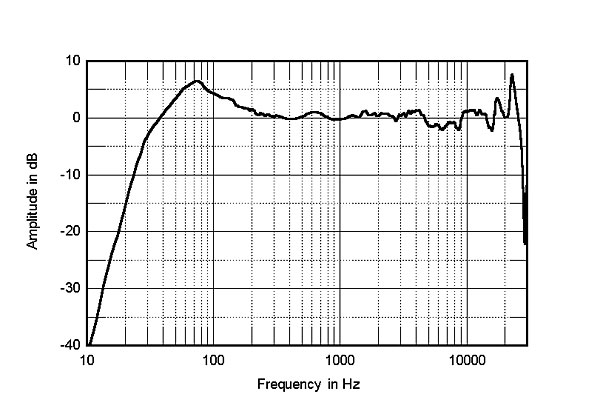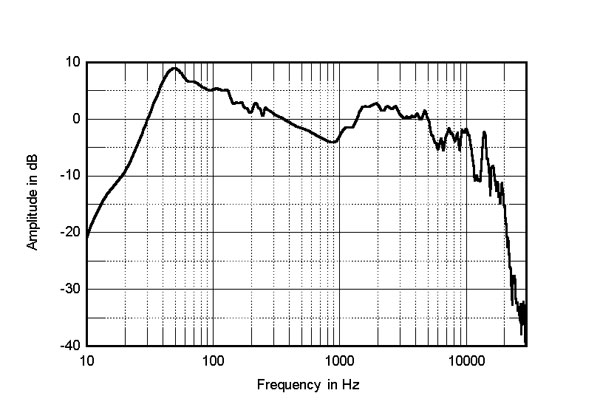I've been reading much of this thread with something akin to horror!
My experience of Maggies as a breed, has been that the one thing that really helps 'sort them out' is POWER. I remember a particular dem of a lower mid size model some years back now (1,3's?) where we compared two early Levinson power amps (black fronted and I'm sorry but I forget the numbers). The larger more powerful model brought these panels to life, the sound-field expanding in all areas and the speakers themselves 'disappearing' more from the scene. Really nice with the bigger amp and with the smaller amp, not so different from some of the less positive comments here. I heard some 1.7's a couple of years back and driven with I think, a Naim amp (totally inappropriate on almost all levels

) and they were totally 'meh' and dismissable frankly. Remembering their ancestor's dem, I suspect a larger more capable amp would have helped no end...
Thirty five years ago, a once well known 'tweaky reviewer' who lives in a fascinating split-level appartment in London's Barbican (older UK based readers will guess who) bought a pair of IIIa's. As the listening seat was a few feet above the level the speakers were sited, he mounted them on the side walls off the ground, turned them round with magnets behind and on the occasion I heard them (could have been Krell KSA50 driven?), the sound was most impressive (on my then numerous visits, we always tended to concentrate on the music a lot more than the sound of the stereo gear he had set up). He went away from them subsequently as in his words, it was like watching a tacky soap opera in full high-def IMAX or similar all the time (hope non UK readers understand what I'm trying to say). No doubt a better room environment and large enough amp would have done wonders for them and for me, this kind of presentation is far preferable to omni-directional types which 'play the room' even more, further reducing direct soundwaves I think..
I also heard a lovely sounding set of SMGa's years ago when visiting clients. For small scale orchestral and chamber music at sensible volumes, they were delightful in this client's room - amp was an integrated Revox I think (100WPC?) with matching tuner set to UK radio 3 or 4!
As for the Quads, the 63 was measured more conventionally in the 80's (1m and 2m distance I remember in the small-form HiFi Choice 'Speaker' group test books) and the response was pretty flat from mid bass to lower hf, the only subjective rider on that being in my experience, the domestic version needed lifting off the floor and tilting back slightly to get over the substantial mesh protection grilles under the cloth covers, to prevent a rather dead tonal balance (get 'em right and they were magical in the right setting at not silly rock levels). I've only fleetingly heard the later post tale-over models, small and large, but these don't seem to deviate too much from the original 63 version, although all of them have a very slight 'sparkle' at hf which can aid string tone no end (I think it was measured in the 63).
Many of you do seem to have larger rooms and use subs to get the bottom octaves re-enforced. We tend not to do this on the UK and as I said in the review (and subsequent annihilation here) of the ATC 19 early model, a rolled away bass isn't necessarily a bad thing in smaller rooms...



